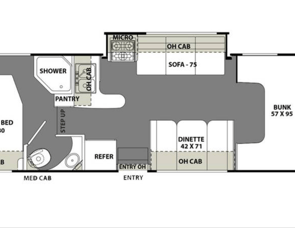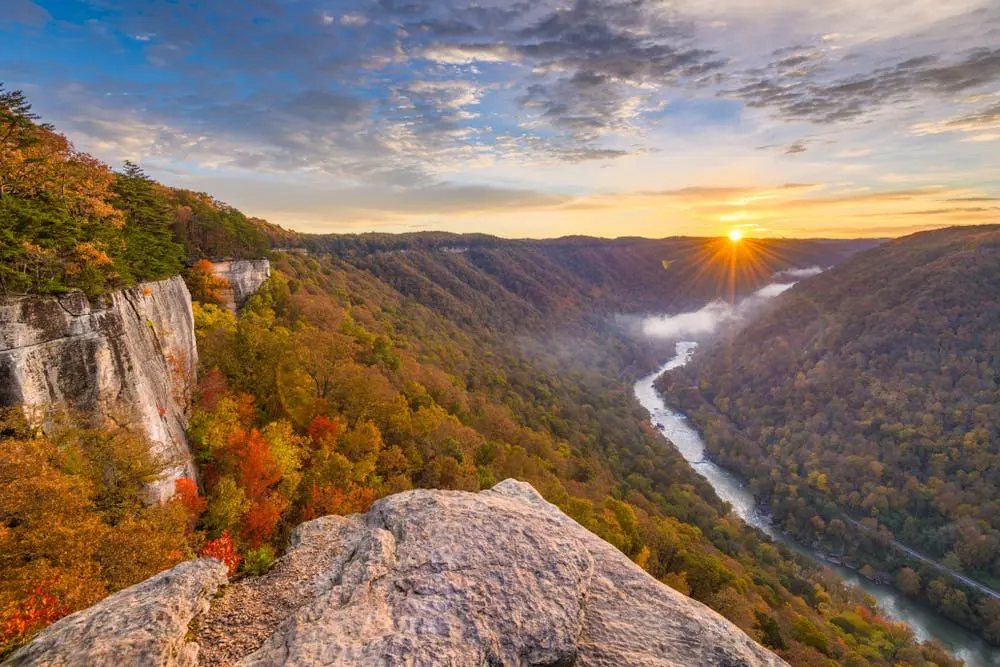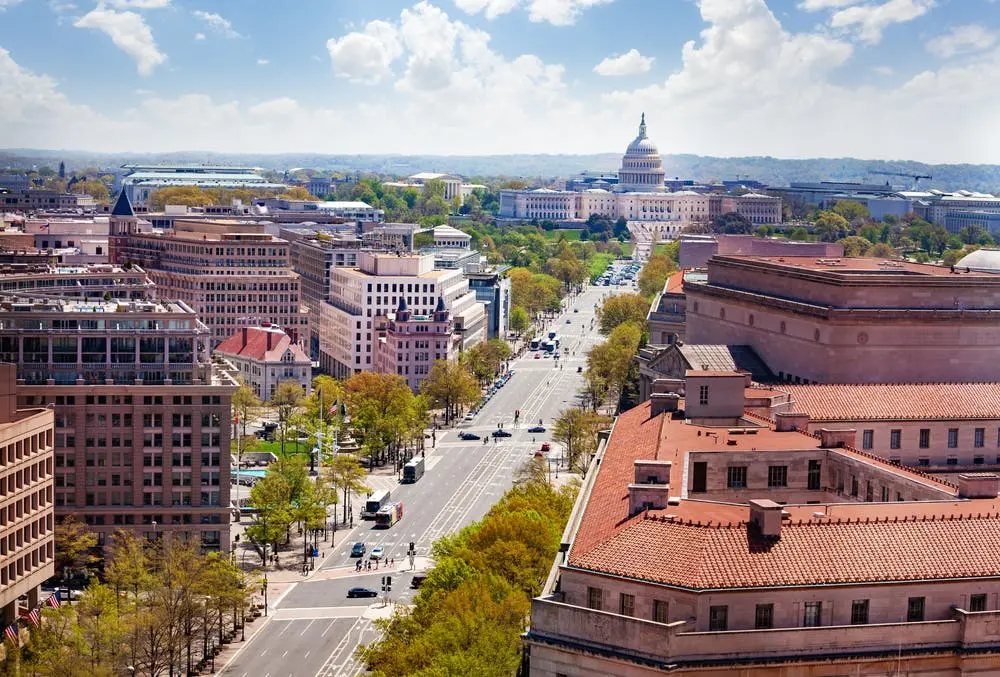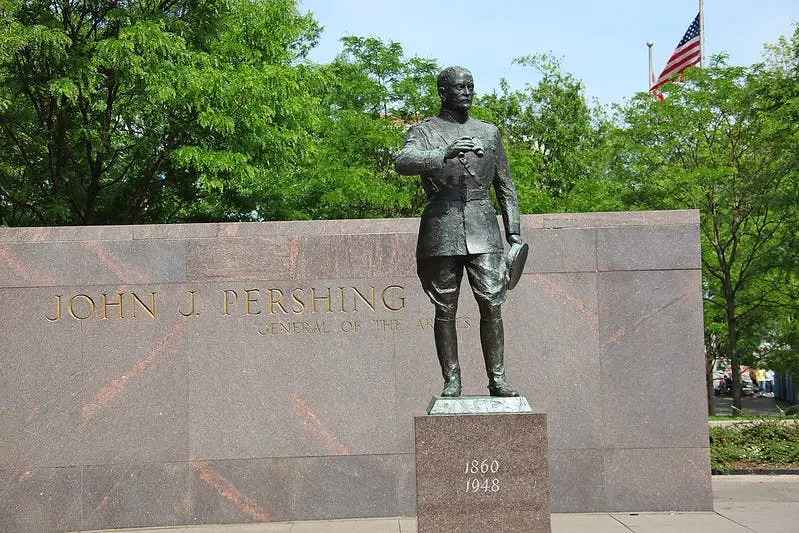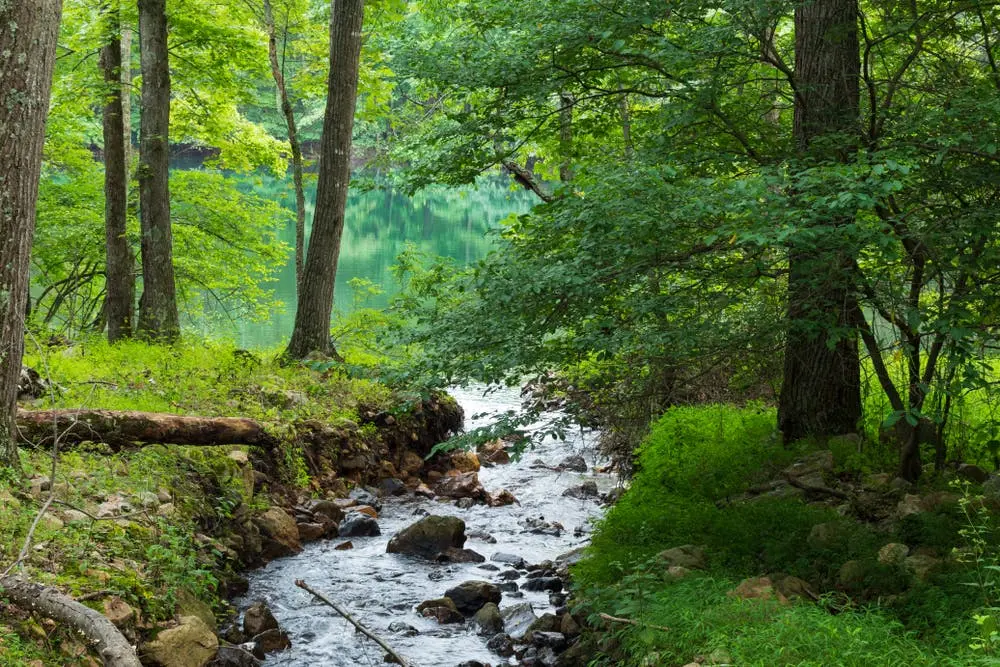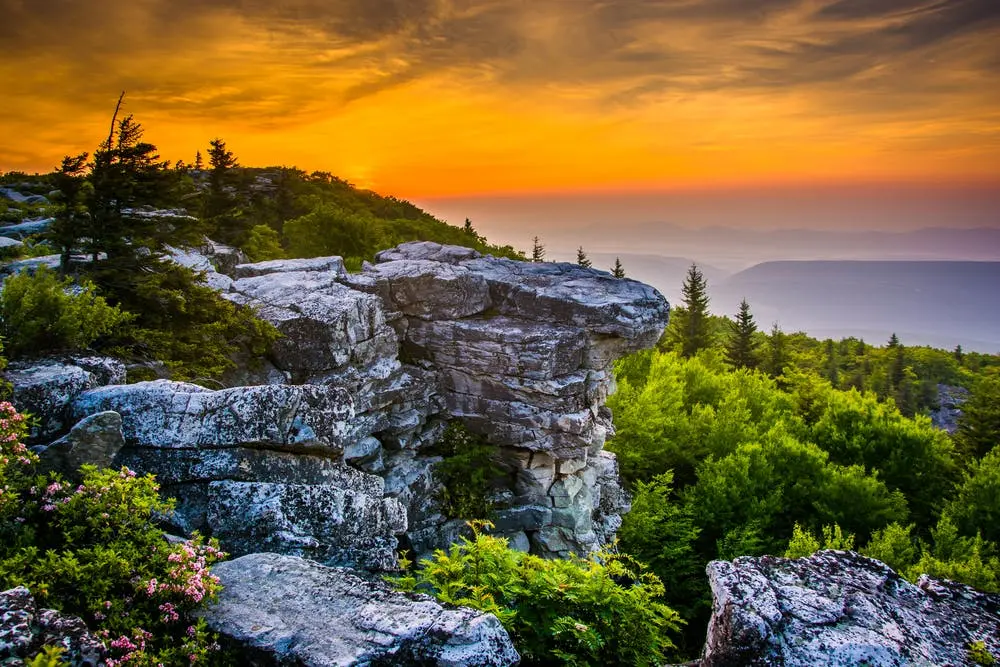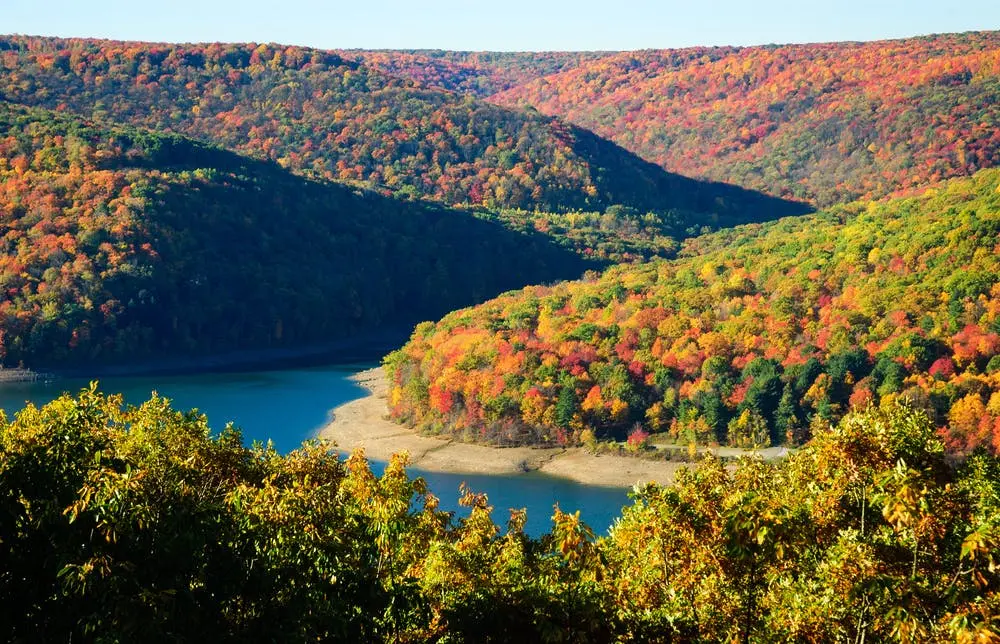Smithsonian National Museum of Natural History
- Home
- Attractions
- Smithsonian National Museum of Natural History
Featuring nearly 300 early human artifacts and fossils, life-size reconstructions of multiple hominid species, and no fewer than 23 interactive experiences, the Smithsonian National Museum of Natural History (NMNH) is a must-see for anyone with an insatiable curiosity about earth, its inhabitants, and its past. Perfect for young explorers, lifelong learners, and researchers of eras gone by, it's home to nearly 148 million scientific specimens. Visitors can view the 45.52-carat Hope Diamond, check out a meteorite that's more than 4.1 billion years old, and visit a morphing station to see themselves rendered as their earliest ancestors.
When it first opened its doors on March 17, 1910, it was dubbed the U.S. National Museum and housed art and culture exhibits along with its many carefully curated historical and natural history displays. Initially envisioned with an elaborate French baroque design, the NMNH was reimagined with a central pavilion and dome, semi-circular clerestory windows, fluted Corinthian columns, and other details in the Romanesque architectural style. Housing just under 10 million objects at its inception, the facility was painstakingly filled by its original employees using horse-drawn carts. In 1969, with its spatial limitations exhausted by a vast and constantly growing collection, the U.S. National Museum became the Smithsonian National Museum of Natural History, and it honed its focus to reflect its new moniker.
How to Get There
Located near Reagan Washington (DCA) Airport (2.8 miles away), Washington Dulles Airport (IAD) (23.2 miles away), the Federal Triangle Metro Station of the Washington Metropolitan Area Transit Authority and the U.N. Avenue Station of Washington D.C.'s Manila Light Rail Transit.
Major nearby cities include Arlington, VA, Silver Spring, MD, Fairfax, VA
Rent an RV For Your Visit to Smithsonian National Museum of Natural History
Visit Smithsonian National Museum of Natural History
Even if you aren't interested in viewing the magnificent size and undeniable luster of the Hope Diamond firsthand, there's still plenty to see and do at the Smithsonian Natural Museum of Natural History. The NMNH is the third-most-visited museum in all the world and offers countless exhibits, events, and attractions like live tarantula feedings at the O. Orkin Insect Zoo, a sprawling, 30,000-square-foot display of reconstructed dinosaur bones and other early fossils in the David H. Koch Hall of Fossils, and a 45-foot replica of a living whale named Phoenix that's tracked through its yearly migrations between Canada and Georgia.
With an overall area of 1.5 million square feet, touring the Smithsonian National Museum of Natural History is hardly a one-day experience. Its Sant Ocean Hall hosts a reconstruction of the single-horned narwhal along with 600 other marine creatures that visitors can explore. In the Butterfly Pavilion, guests can range through a lush, indoor environment in which butterflies flutter freely in the air.
The Coralyn W. Whitney Science Education Center is the place to go if you're traveling with kids. Here, youngsters can participate in hands-on learning activities involving geological specimens, dolls, and butterfly and insect wings from around the globe.
Combining rare artifacts with cutting-edge research, the Eternal Life in Ancient Egypt exhibit shares important insights into the burial practices, rituals, and everyday lives of ancient Egyptians. The history and evolution of mammals can be learned and seen in the Kenneth E. Behring Family Hall of Mammals, which contains 274 specimens and spans 225 million years of history. Best of all, these and other permanent exhibits throughout the NMNH are rounded out by an equally impressive range of seasonal and short-term displays.
Ticket Information
Much like your local library, this landmark U.S. learning center is absolutely free for guests. The Smithsonian National Museum of Natural History is 60% federally funded. As such, it has offered free admission to all visitors since 1846, more than five decades before the construction of its current building.
However, if you're interested in participating in all of the activities and events that the NMNH has to offer, don't forget your wallet. For instance, adults must pay $8 to enter the Butterfly Pavilion, and tickets for seniors and children cost $7. There's also on-site dining at the Atrium Café and the Open Terrace Café along with multiple options for on-site shopping. Tickets for the Butterfly Pavilion can be purchased at the museum using credit cards or debit cards only by visiting the second-floor Ticket Desk. Admission to the Butterfly Pavilion is free on Tuesdays with a timed-entry ticket.
Family-Friendly Options
Part of the Smithsonian complex of museums, the NMNH was brought into the homes of viewers all over the world in the kid-friendly movie "Night at the Museum 2: Battle of the Smithsonian." Thus, if your kids are movie buffs, they'll be delighted by the sight of Henry, the 11-ton African Bush Elephant that has graced The Rotunda of this location since 1958. Located at the basement level of the museum, the Q?rius Science Center has more than 6,000 collection objects and multiple hands-on exhibits, and it's perfect for teens and pre-teens. For toddlers, the nearby Q?rius Jr. area showcases fossils, minerals, and shells. It also has just one rule: Touch it all!
Your dino-loving youngster won't want to miss the life-size dinosaur exhibits in the David. H. Koch Hall of Fossils. In addition to an impressive Tyrannosaurus Rex, this exhibit includes 700 specimens of early mammals, reptiles, and insects.
How to Make the Most of Your Visit
There's no on-site parking at the NMNH. Given its large, daily inflow of guests, the Smithsonian National Museum of Natural History recommends using public transit when visiting. As such, the first step in streamlining your excursion for success is establishing the best travel method and route.
The museum opens its doors every day at 10:00 a.m. and closes promptly at 5:30 p.m. There's a lot to see and not much time to see it in, even if you intend to return for another visit on the following day. To take as much as you possibly can in, start your day early.
If you're visiting on a Tuesday and you want to take advantage of free admission to the Butterfly Pavilion, make a beeline for the Ticket Desk on the second floor to secure your timed-entry tickets before a long line forms. Otherwise, take your time exploring The Rotunda by the National Mall Entrance. Grab a museum map at the Information Desk and ask about the day's events. This is also a chance for your kids to gawk at Henry, the massive elephant that serves as the central focus point of this area. The first floor is also the place to take in the David H. Koch Hall of Fossils and Hall of Humans exhibits.
Next, check out the first-floor African Voices exhibit that explores the diversity and contributions of Africa's cultures and peoples throughout the ages. You'll find the latest rolling, temporary exhibits on the second floor, which showcase different biomes, microbiomes, animals, technologies, and eras for several weeks, months, or years at a time. The second floor of the NMNH is also home to Bone Hall where guests can inspect and compare the skeletons of monkeys, giraffes, sea turtles, and many other vertebrates. If you haven't done so already, this is also a great time to drop into the Butterfly Pavilion, which is also on the second floor.
Visit the Janet Annenberg Hooker Hall of Geology, Gems, and Minerals to learn all about volcanoes, earthquakes, gems, rocks, and other geological features and events. Nearby, you can immerse yourself in Egyptomania by visiting the Eternal Life in Ancient Egypt exhibit.
If you're eager to visit the museum's third floor, look beneath you. Located down at the basement level are the two kid and teen attractions: Q?rius and Q?rius Jr.
Before leaving the Smithsonian, pop into one of its many gift shops to pick up a few souvenirs. There's the Gem and Mineral Store, the Gallery Store, the Family Store, and the Dinos and More Store.
Smithsonian National Museum of Natural History Accommodations
Campgrounds Nearby
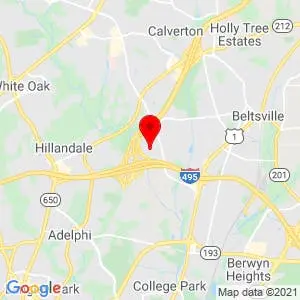
For some of the best RV camping in Anpolis, Maryland, look no further than Cherry Hill Park. Established more than 48 years ago, this campground has stayed in the same family all these years. As a result, it has a long history of serving both its local community and all those who want to stop by the area for a visit.

Greenbelt Park is run by the tiol Park Service. It is a green oasis in the urban area of Maryland and Washington, D.C. It is a rustic, Washington, D.C., campground, and the main amenity is the tural surroundings.

Activities Near Smithsonian National Museum of Natural History
Things to Do
Explore the Smithsonian's Other Offerings
Larger than 18 football fields, the NMNH offers enough to keep you and everyone else in your group busy for quite a while. However, as part of the Smithsonian complex, this museum is right near the landmark Smithsonian Castle, or the Smithsonian Institution Building. Here and in surrounding Smithsonian facilities, you can explore exhibits ranging from African art to postal history.
Explore Nearby Landmarks
There's also the National Museum of Art, the United States Holocaust Memorial Museum, the Thomas Jefferson Memorial, and the Washington Monument to Explore.
National Sites
Weather, Safety & Accessibility
Weather & Packing
Washington D.C.'s climate is both variable and damp. In winter, tourists can expect cold temperatures, occasional flurries, and sporadic, moderately heavy snowfall. If you're visiting the NMNH in winter, dress warmly and wear layers. Pack a comfortable pair of boots or shoes with slip-proof soles, a thick pair of gloves or mittens, a cozy hat, and a scarf. In summer, the local weather is hot and humid. Dress lightly and don't forget to pack your bug spray. In spring, expect a moderate amount of rainfall. Plan layered outfits and bring an umbrella.
Safety & Accessibility
When entering the Smithsonian National Museum of Natural History, all guests are required to pass through a metal detector. If you are unable to pass through a metal detector due to disability or any other medical reason, be prepared to be hand-screened by the museum's security team using an electronic wand.
Signage is posted throughout the building detailing the accessibility and rules that pertain to each exhibit. Although there are many hands-on exhibits and activities throughout the NMNH, be sure to avoid touching any displays that are clearly labeled as "no touch" items.
Conclusion
Everyone is welcome at the NMNH, and all buildings within the Smithsonian complex are accessible. The Smithsonian National Museum of Natural History has a wheelchair-accessible entrance for guests with limited mobility. The museum offers sign language interpretation, verbal and tactile description tours, and open captioning for exhibition videos. Visitors can also take advantage of free manual wheelchair loans, which are available on a first-come, first-served basis.
FAQ
There are several camping sites near the NMNH. These include Cherry Hill Park, Highland Retreat, and Buck's Fishing and Camping.
There is no on-site parking at the Smithsonian National Museum of Natural History. Moreover, on-street parking is both limited and metered.
The NMNH hosts more than 30 million guests annually. To sidestep the bustle of large crowds, avoid visiting in a peak travel season such as during the springtime Cherry Blossom Festival.
The NMNH has something for all members of the family. Whether you're traveling with small toddlers or aging adults, there are plenty of activities, events, and exhibits for everyone.
Pets are not allowed in the Smithsonian National Museum of Natural History. However, service animals that are properly leashed, harnessed, or otherwise tethered are allowed.
